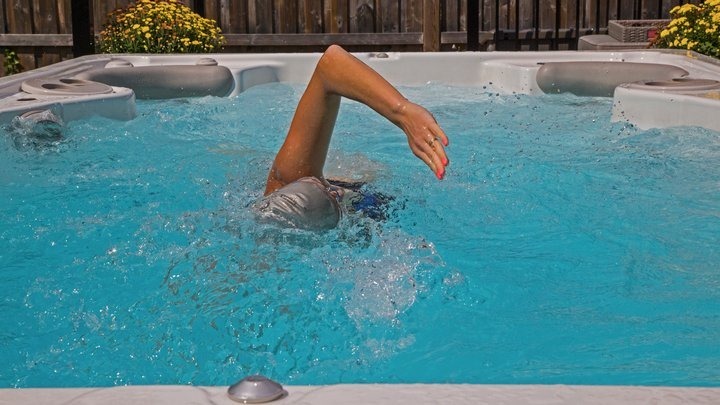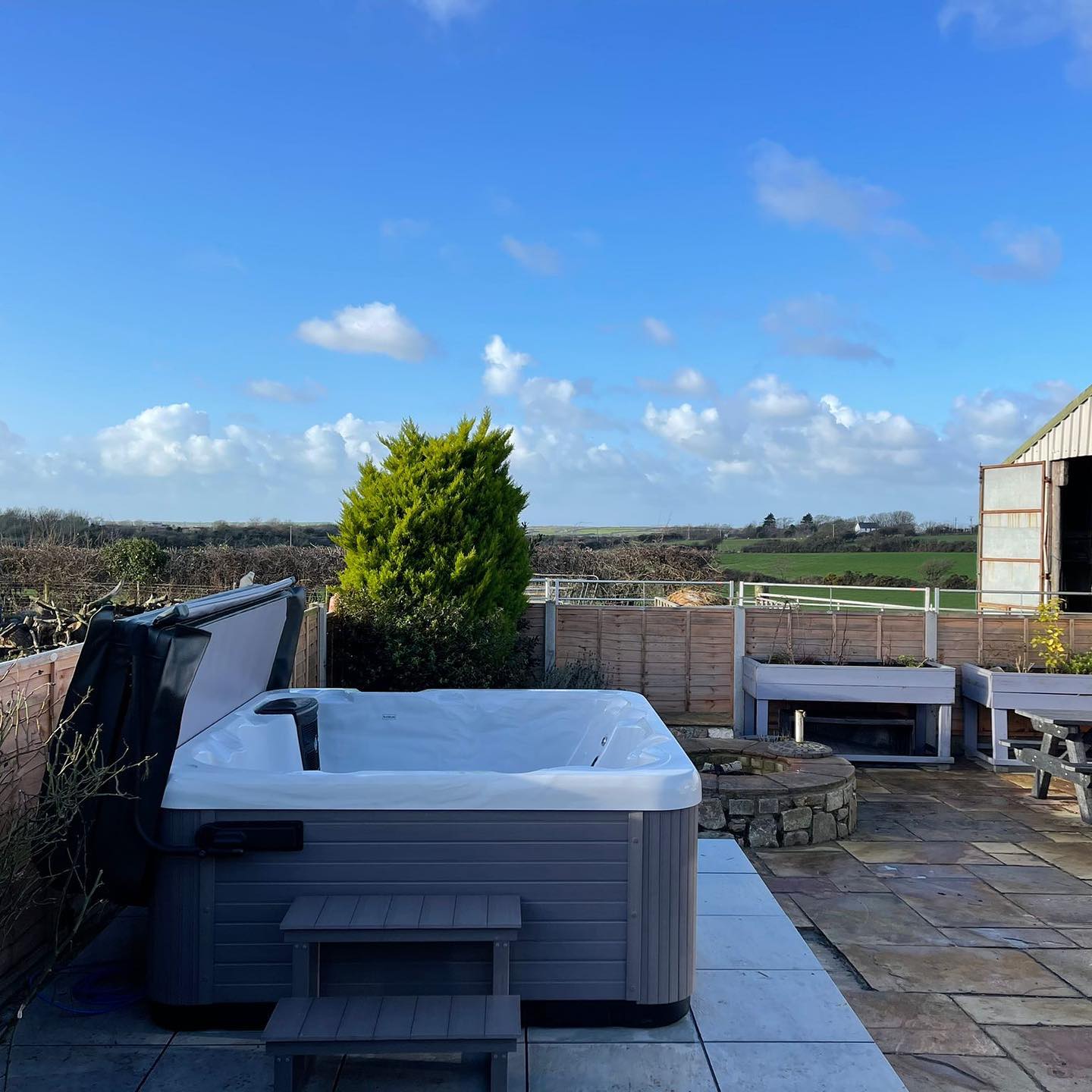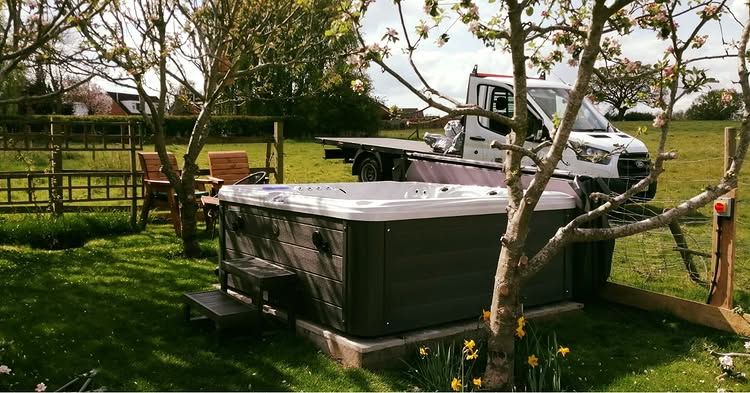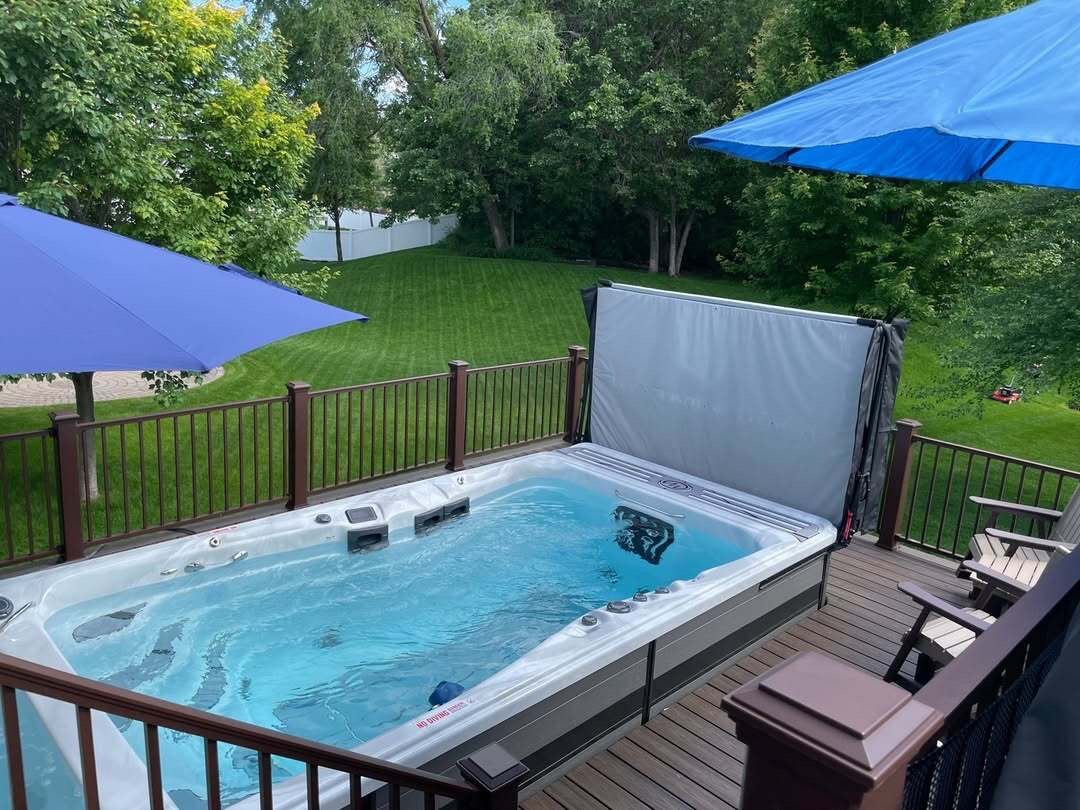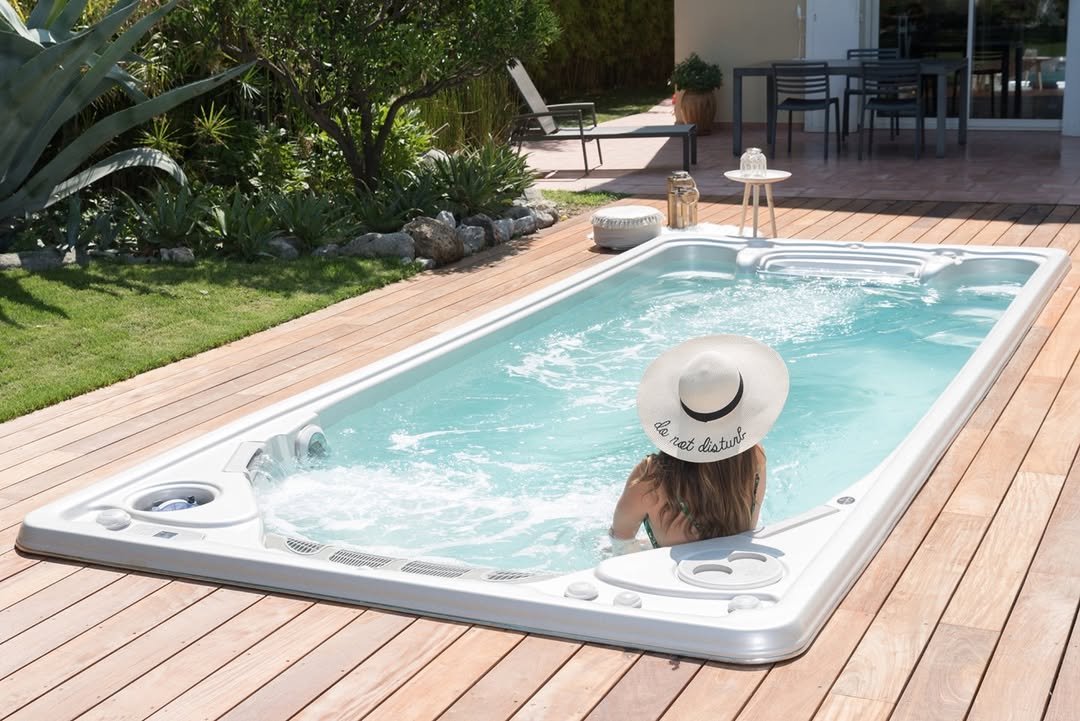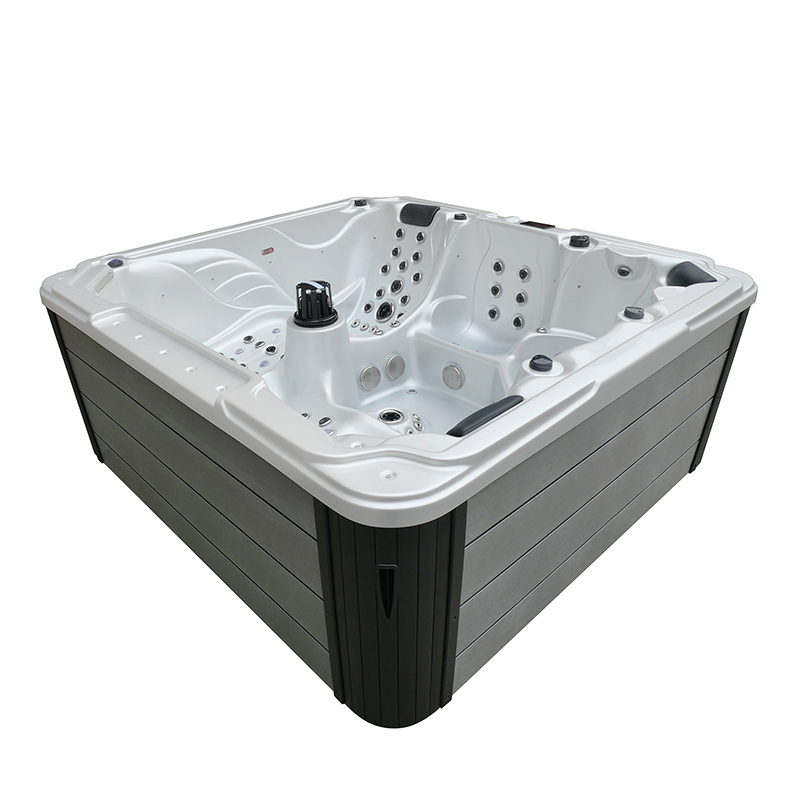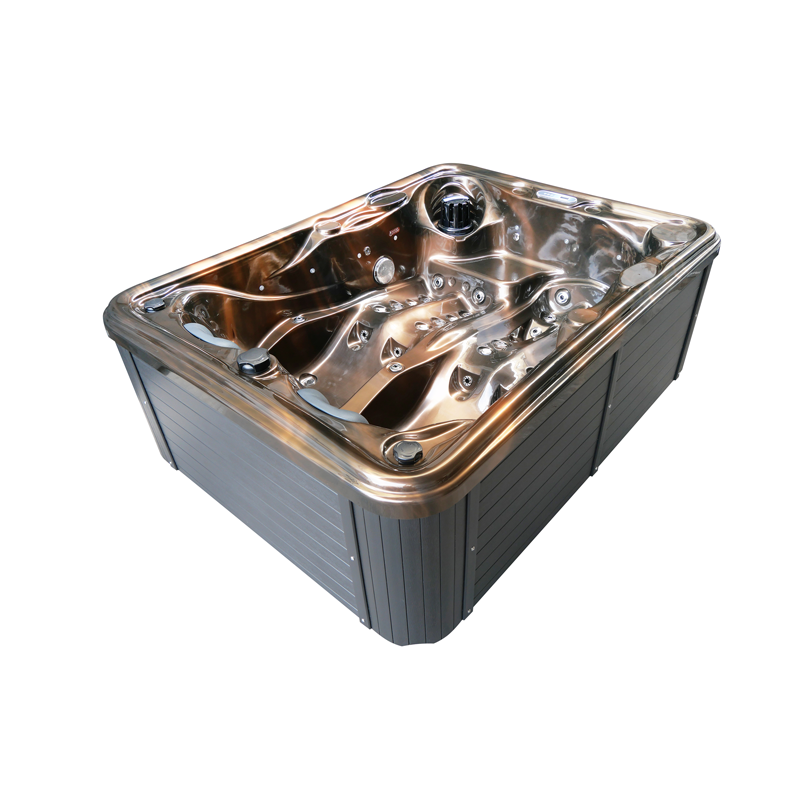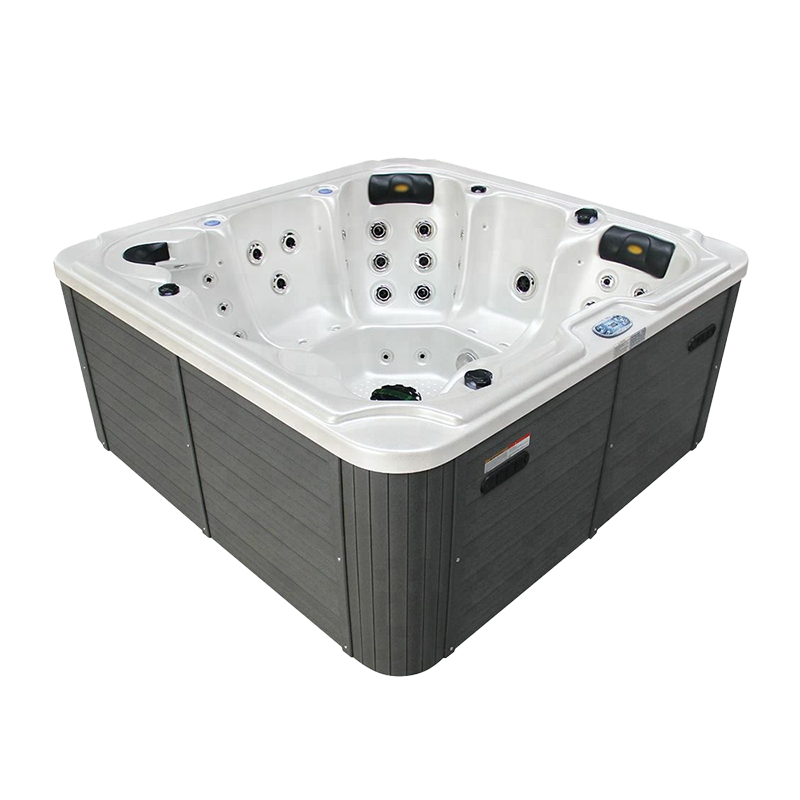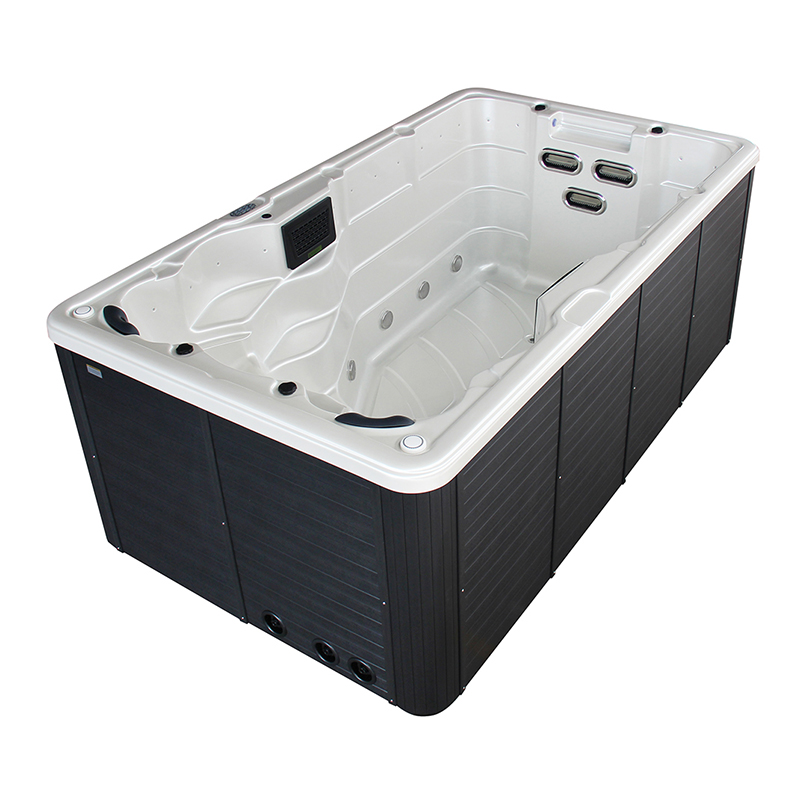Throughout history, water has always been associated with healing, relaxation, and rejuvenation. From ancient Roman bathhouses to Japanese onsens, humans have long understood the restorative power of warm water immersion. In modern times, hot tubs bring these age-old traditions into our homes, offering not just luxury but also scientifically proven health advantages.
Whether you use a hot tub for relaxation after a long day, for soothing sore muscles, or as a natural way to improve sleep, the benefits are numerous. What makes hot tubs particularly effective is the combination of buoyancy, heat, and massage jets—a trio that works together to reduce physical strain, improve circulation, and promote overall well-being.
In this article, we’ll explore the many benefits of hot tubs in depth, covering everything from joint relief and improved blood flow to stress reduction and better sleep. We’ll also introduce two additional features—mental health support and social connection—that make hot tubs even more valuable. By the end, you’ll see why investing in a hot tub is not just about leisure, but about improving your overall quality of life.
Buoyancy: Relieving Pressure on Joints and Muscles
One of the first things you notice when stepping into a hot tub is the feeling of weightlessness. This is because water naturally makes the body feel about 90% lighter. That reduction in gravitational pull significantly eases the strain on your joints, bones, and muscles.
For people suffering from arthritis, chronic pain, or joint stiffness, this buoyancy can make movement far less painful. Even everyday actions, such as bending or stretching, become easier in the water. Athletes also find buoyancy beneficial for recovery after high-impact training since the reduced pressure prevents additional stress on already fatigued muscles.
Key benefit: Buoyancy transforms movement from effortful to effortless, allowing the body to engage in gentle exercises that improve mobility without risk of injury.
Practical Applications of Buoyancy
- Low-impact exercise: walking, leg lifts, gentle squats in chest-deep water.
- Rehabilitation: safer environment for post-injury movement and range-of-motion work.
- Pain management: reduced pressure on arthritic joints and inflamed tissues.
Heat Therapy: The Comfort of Warmth
Warm water immersion is one of the oldest forms of therapy. The soothing temperature of a hot tub not only feels good but also stimulates blood flow, relaxes tense muscles, and reduces inflammation.
When you soak in warm water, your blood vessels dilate, improving circulation and delivering oxygen-rich blood to your tissues. This process accelerates healing while creating a calming effect on the nervous system. Even short periods in warm water can reduce muscle stiffness and provide long-lasting relief.
Practical tip: Try a 15–20 minute soak after strenuous physical activity or before bedtime to maximize muscle relaxation.
Massage Jets: Spa-Level Relief at Home
Perhaps the most unique feature of modern hot tubs is the built-in massage jets. These jets target specific muscle groups, combining water pressure with heat for a powerful therapeutic effect.
Unlike a traditional massage at a spa, which you must schedule and pay for, a hot tub gives you the freedom to enjoy a massage anytime. The jets mimic professional techniques by kneading muscles, improving circulation, and easing tension. When combined with buoyancy and heat, the result is a comprehensive hydrotherapy experience.
Key benefit: You can skip the expensive spa appointments while still receiving daily relief for back pain, neck stiffness, or overall muscle fatigue.
How Jets Target Different Areas
- Lower back jets: relieve paravertebral muscle tension.
- Calf and leg jets: support venous return and reduce heaviness.
- Shoulder and neck jets: decrease upper-body muscular contraction linked to headaches.
Improving Circulation and Venous Return
Our circulatory system constantly works to move blood from the extremities back to the heart. However, this process can sometimes be inefficient, leading to issues such as varicose veins, swelling, or the uncomfortable sensation of “pins and needles.”
Hot tubs improve this by supporting venous return, the process of blood flowing upward from the legs. The heat expands blood vessels, while buoyancy reduces strain, and massage jets stimulate muscular activity. This combined effect improves circulation, helping the body eliminate toxins and reduce discomfort.
Recommendation: For optimal results, combine a hot tub soak with light walking exercises to further support circulation.
Understanding “Heaviness in the Legs”
The sensation of heavy legs is often caused by impaired venous return. After blood travels from the heart to the lower extremities, it must return to the heart to be reoxygenated. This return is largely passive, assisted by muscle contractions and one-way valves in the veins that prevent backflow. When these valves lose efficiency or the veins become less mobile, blood can pool in the legs, producing heaviness, pins-and-needles, and painful cramps.
Hot tub use can help by providing passive venous drainage through muscle relaxation and improved circulation, while light activity before bathing can promote active venous drainage.
Relief from Back Pain and Spinal Stress
Back pain is one of the most common health complaints worldwide. It often results from poor posture, long hours of sitting, or heavy physical strain. The spine reacts by tightening the paravertebral muscles, creating chronic tension.
A hot tub provides three forms of relief:
- Buoyancy reduces the weight on the spine.
- Heat eases muscle spasms.
- Massage jets directly target stiff back muscles.
Regular use can help prevent recurring pain and strengthen surrounding muscles by allowing safe, low-impact movement.
Back-Saving Recommendations
- When lifting, use your leg muscles—avoid making your back the primary force.
- Perform core-strengthening exercises to support spinal health.
- Try the wall-supported leg lift exercise: lie on your back, place your pelvis close to a wall, lift your legs perpendicular against the wall, and hold for ~5 minutes to strengthen the abdominal belt.
Reducing Headaches and Muscle-Related Tension
Headaches can have multiple triggers, including stress, fatigue, or tight muscles in the neck and shoulders. Because many headaches are linked to muscular contractions, hot tubs can provide natural relief.
Soaking in warm water relaxes the muscles in the upper body, reduces nerve pressure, and promotes mental relaxation. The improved blood circulation also delivers more oxygen to the brain, which can minimize headache severity.
Extra tip: Pair your soak with aromatherapy (lavender or eucalyptus oils) for additional headache relief.
Common Headache Triggers
- Stress, anxiety, and emotional upset
- Fatigue, poor sleep, or irregular meal patterns
- Dietary triggers such as alcohol, chocolate, or fatty foods
- Hormonal changes (e.g., menstruation)
Athletic Recovery and Toxin Elimination
Exercise stresses the body’s muscles, tendons, and joints. While this is necessary for growth, recovery is just as important. A hot tub facilitates this process by:
- Increasing circulation to remove metabolic waste products (like lactic acid).
- Providing gentle massage to relax overworked muscles.
- Allowing for active recovery movements in a low-impact environment.
Hydrotherapy after exercise ensures toxins don’t linger in the muscles, helping restore elasticity and preventing stiffness.
Practical recommendation: Take a 20-minute soak after workouts to accelerate recovery and prepare your body for future performance.
Why Recovery Matters
Recovery is the time the body needs to return to a physiological baseline that allows it to perform the same or greater effort again. Without proper recovery, metabolic residues remain in muscle tissue, increasing fatigue and risk of injury. A hot tub’s circulation-boosting and massage effects speed toxin clearance and tissue repair.
Supporting Joint Flexibility and Mobility
As we age, joints naturally become stiffer due to reduced cartilage and lubrication. This often leads to discomfort during daily activities. Hot tubs counter this by combining buoyancy, warmth, and massage to gently stretch muscles and ligaments.
Over time, this improves flexibility and reduces joint pain. For people with arthritis or age-related stiffness, hot tubs can become a natural therapy tool that promotes long-term mobility.
Long-Term Mobility Benefits
- Improved range of motion through regular, low-impact movement.
- Reduced reliance on pain medications for chronic joint conditions.
- Enhanced ability to perform daily tasks with less discomfort.
Natural Relief for Insomnia
Insomnia is one of the most common modern-day issues. A hot tub offers a natural, non-medicated approach to better sleep. Here’s how it works:
- Warm water raises core body temperature.
- Upon exiting the tub, the body temperature quickly drops.
- This rapid cooling signals the brain that it’s time to sleep.
The relaxation of muscles and reduction in stress further enhance sleep quality, helping you fall asleep faster and stay asleep longer.
Sleep-Friendly Lifestyle Tips
- Avoid heavy evening meals and excess eating close to bedtime.
- Limit stimulants such as caffeine and chocolate in the evening.
- Create a relaxing pre-sleep routine—consider a warm soak 1–2 hours before bed.
- Maintain a cool, dark, and comfortable sleeping environment.
Mental Health Benefits: Stress, Anxiety, and Mood
Beyond the physical advantages, hot tubs offer significant mental health support. Warm water immersion has been shown to reduce stress hormone levels while increasing endorphins—the body’s natural “feel-good” chemicals.
The calming environment of a hot tub provides a safe space to unwind, meditate, or simply disconnect from daily worries. For individuals with anxiety or mild depression, regular soaks can be a valuable tool for emotional balance.
Mental Well-Being Mechanisms
- Reduced cortisol (stress hormone) following warm water immersion.
- Increased parasympathetic nervous system activity—promoting relaxation and lowered heart rate.
- Endorphin release from warmth and hydro-massage, improving mood.
Social Connection and Quality Time
Hot tubs aren’t just for solo relaxation—they can also enhance social bonds. Sharing a soak with family or friends creates a relaxed, distraction-free environment for meaningful conversations.
Couples often find hot tubs to be a romantic escape, while families use them as a way to connect without screens. The warm, calming atmosphere naturally promotes openness and laughter.
Ways to Use Hot Tubs Socially
- Date nights: a private, relaxed setting for couples.
- Family evenings: a routine to connect without digital interruptions.
- Small gatherings: a comfortable environment for conversation and recuperation.
Conclusion
Hot tubs are far more than luxury items; they are powerful wellness tools that blend ancient wisdom with modern innovation. From easing joint pain and improving circulation to reducing stress and enhancing sleep, their benefits touch nearly every aspect of physical and mental health.
By combining buoyancy, heat, and massage, hot tubs provide a holistic healing environment that can be enjoyed daily. Add in the mental and social benefits, and it becomes clear why hot tubs are one of the best investments for long-term well-being.
So the next time you step into a hot tub, remember—you’re not just indulging in comfort. You’re supporting your body, calming your mind, and enriching your overall lifestyle.
Additional Feature 1: Mental Health Support (Expanded)
Regular hot tub use can be integrated into a broader mental health routine. For example, combining mindfulness techniques—such as focused breathing or guided imagery—with a soak can amplify benefits. The sensory experience of warm water, rhythmic jet flow, and gentle buoyancy creates an ideal setting for meditation, helping users break cycles of rumination and anxiety.
Practically, a 15–30 minute mindful soak can serve as a daily reset, offering a clear demarcation between stressful daily tasks and restorative personal time. Many users report improved resilience to stressors after establishing a consistent hydrotherapy routine.
Mindfulness Soaking Routine
- Begin with deep diaphragmatic breaths for 2–3 minutes.
- Focus on bodily sensations—weightlessness, warmth, and rhythmic breathing.
- If thoughts arise, note them without judgment and return attention to the breath.
- Finish with a brief period of gratitude or intention-setting for the next day.
Additional Feature 2: Social and Relationship Benefits (Expanded)
Hot tubs provide a neutral, relaxing environment that encourages interpersonal closeness. Whether it’s partners reconnecting after a busy week or friends sharing reflective conversation, the hot tub reduces external distractions and facilitates more authentic interactions.
Beyond emotional closeness, shared hydrotherapy can also promote cooperative household routines—maintenance, scheduling, and safe usage—helping partners collaborate in small but meaningful ways. These shared responsibilities can strengthen trust and mutual respect.
Activities to Foster Connection
- Schedule a weekly “soak and talk” session with a partner or family member.
- Use the time for light-hearted activities—storytelling, planning trips, or discussing goals.
- Practice shared relaxation techniques, such as guided breathing or paired stretches in the water.
FAQs
1. How long should I stay in a hot tub?
For most adults, 15–30 minutes is an ideal session length. Exceeding 30 minutes may cause overheating or dehydration, so always listen to your body and hydrate before and after soaking. Shorter sessions are advisable for beginners or those with specific health concerns.
2. Can children use hot tubs safely?
Yes, but with precautions. Children should spend less time (5–10 minutes), and the water temperature should be lower (around 95°F / 35°C). Adult supervision is always required. Infants and very young children have different thermoregulation and should generally avoid hot tubs; consult a pediatrician if unsure.
3. How often can I use a hot tub?
It is safe to use a hot tub daily as long as you stay hydrated and avoid excessively high temperatures. Many people find 3–4 sessions per week provides maximum benefit. People with certain medical conditions (cardiovascular issues, uncontrolled hypertension, pregnancy, or specific skin conditions) should consult a healthcare professional before regular use.

